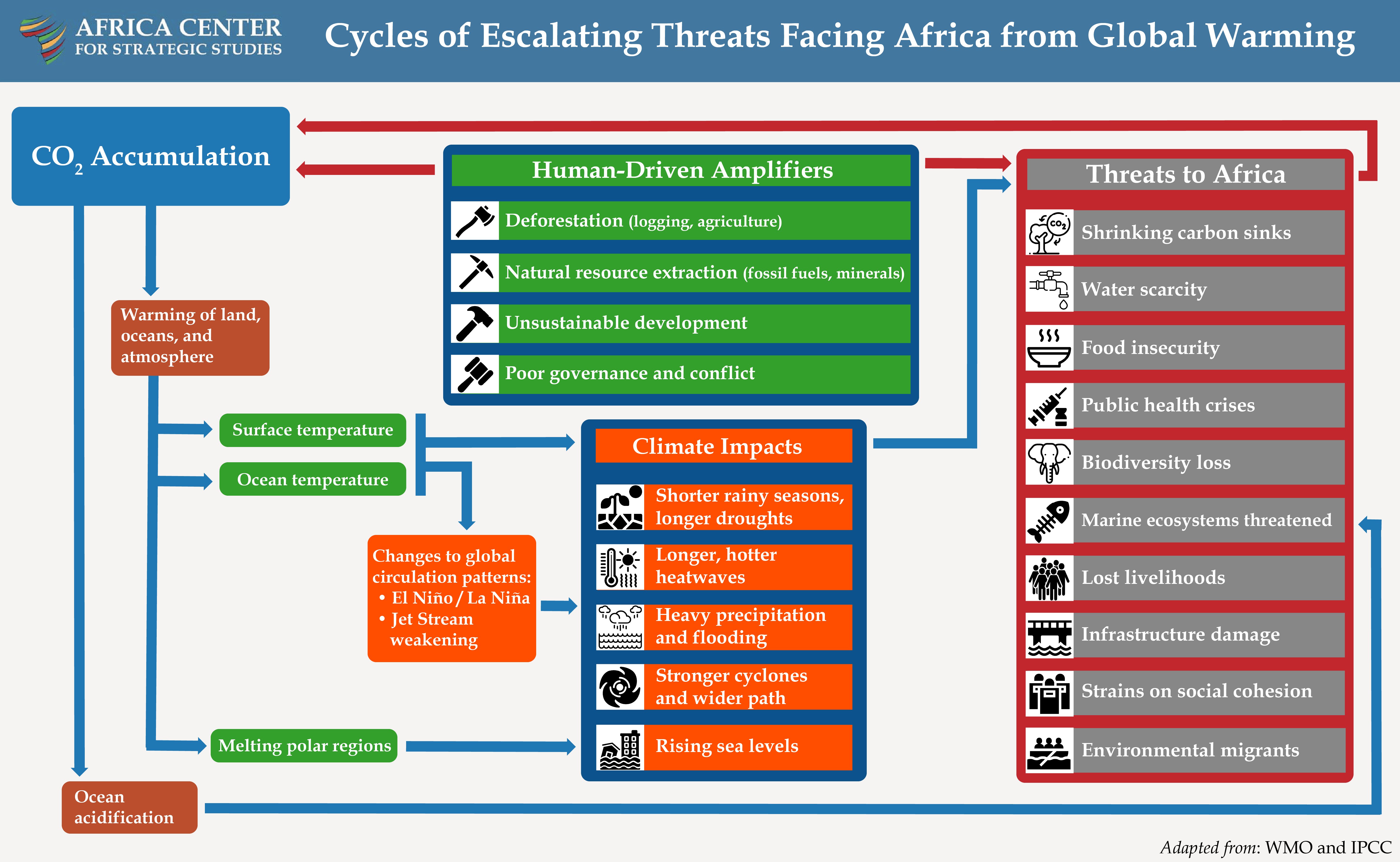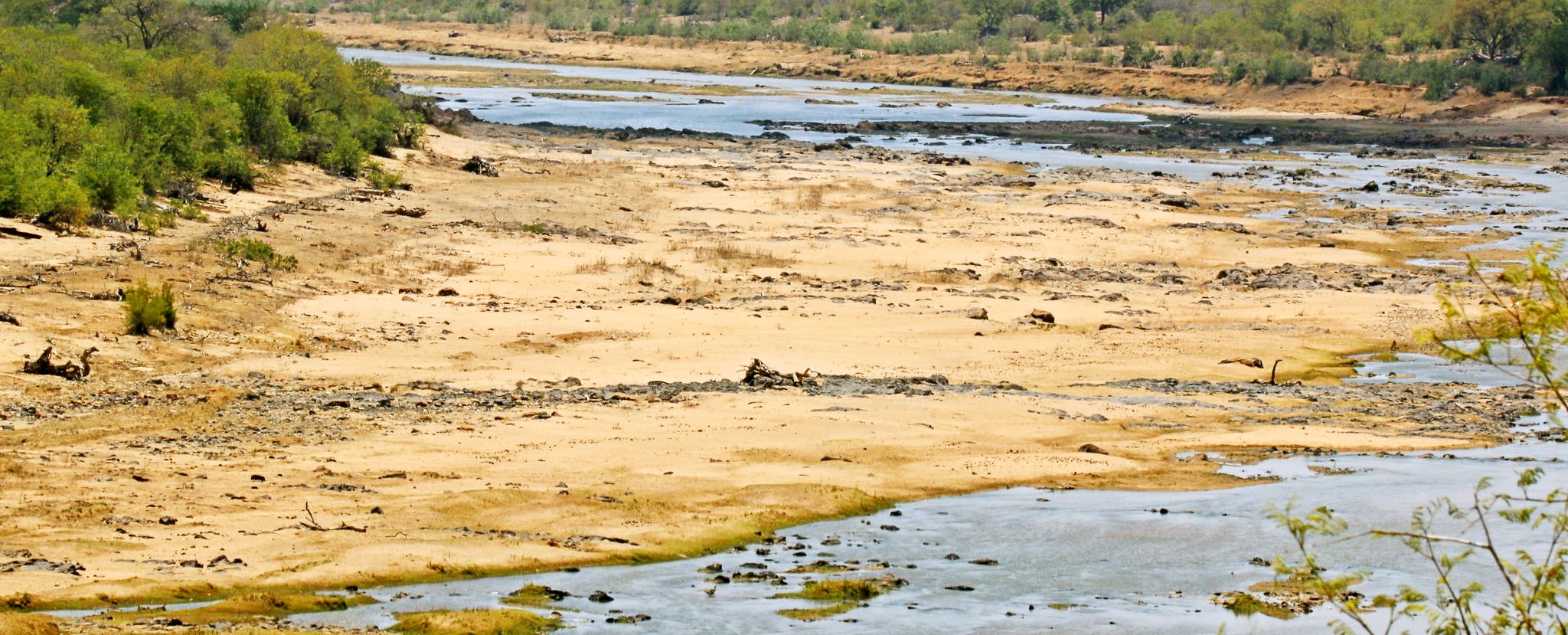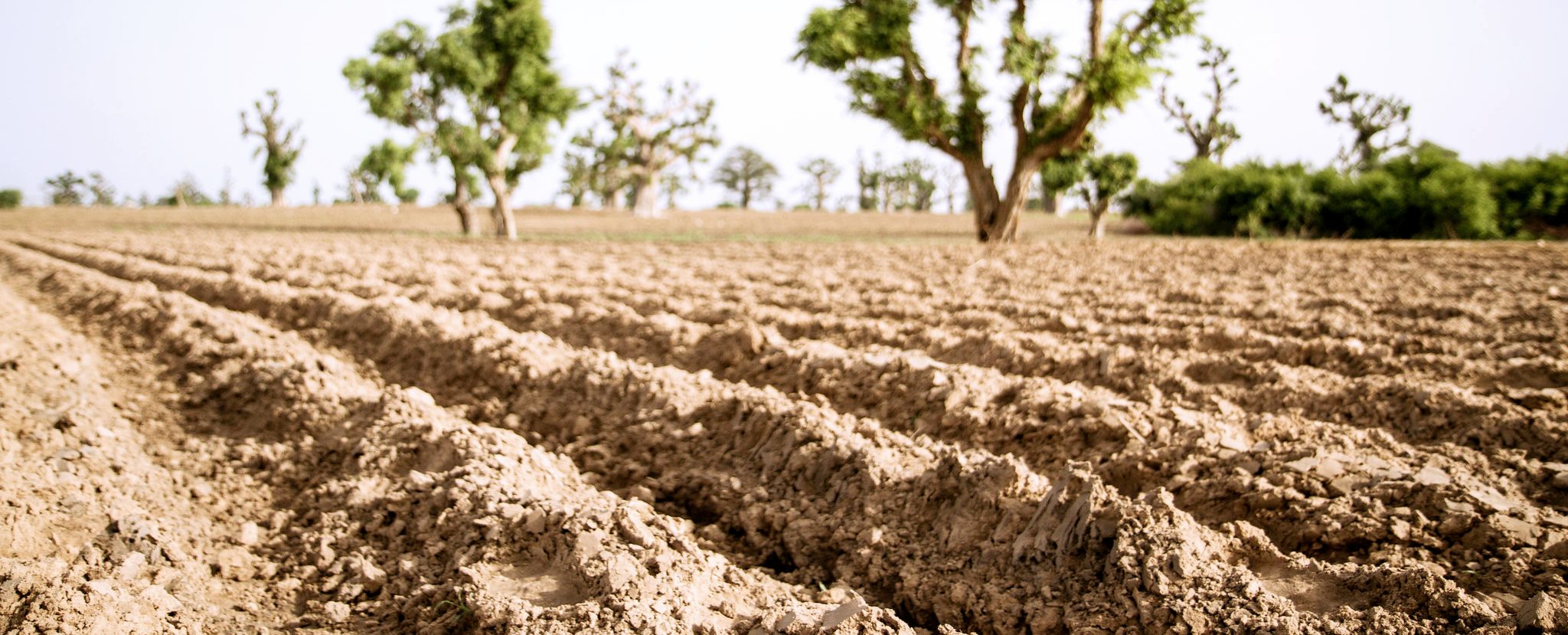
Click here for a printable PDF version.
The complexities and layers of indirect factors driving global warming and its impacts on African populations can stymie decisive policy action. Understanding these linkages are key to mitigation efforts in which subtropical regions of Africa are projected to experience substantially higher increases in temperature than the global average. Even if global warming is capped at 1.5°C, for example, parts of North and southern Africa are expected to be 3°C warmer.
While industrialized countries have been the key drivers of global warming, human-driven factors in Africa—like conflict, deforestation, and unregulated natural resource extraction—have further reduced resiliencies and compounded the threats for African citizens.
Shrinking Carbon Sink
- The Congo Basin is losing an estimated 500,000 to 1.2 million hectares of tropical rainforest every year, shrinking the world’s second most important terrestrial carbon sink—and a vital means of mitigating the effects of global warming.
Water Scarcity
- Africa faces an increased risk of 3-to-4-year droughts.
- Day Zeros—when municipalities’ reservoirs run dry—are increasingly likely in African cities. South Africa has already seen Day Zero threats during droughts in 2015 (Gauteng Province) and 2018 (Cape Town), affecting 15 million and 4.6 million people, respectively.

The Olifants River in South Africa during the 2015 drought. (Photo: Abspires40)
Food Insecurity
- Climate change reduced agricultural productivity growth in Africa by 34 percent since the 1960s, more than in any other region.
- At a global warming level (GWL) of 2°C, West Africa is projected to lose 42 percent of its rangeland and livestock productivity by midcentury.
- At GWL 3°C, certain crops and animal husbandry sectors face collapse in some parts of the continent.
Public Health Crises
“Human-driven factors in Africa—like conflict, deforestation, and unregulated natural resource extraction—have further reduced resiliencies.”
- At GWL 2.1℃, 35 African cities will have over 150 days per year with a heat index above 40.6℃.
- Parts of southern and North Africa will see increasing heat-related mortality, particularly among poorer and informal settlements around cities—places where people do not have access to running water or air conditioning. Depleted water supplies in densely populated cities are also expected to lead to increased disease transmission.
- The transmission and range of vector-borne diseases (such as malaria, yellow fever, and dengue), pests (such as locusts), and water-borne diseases (such as cholera) are predicted to increase, exposing tens of millions more people, mostly in East and southern Africa.
Biodiversity Loss
- The Intergovernmental Panel on Climate Change (IPCC) projects that above GWL 1.5°C, half of assessed species in Africa will lose over 30 percent of their population or area of suitable habitat.
- At GWL 2℃, 12 percent of African species assessed are at risk of global extinction, placing Africa second only to South America in the magnitude of anticipated biodiversity losses.
- At GWL 2°C, 36 percent of freshwater fish species on the continent are vulnerable to local extinction.
- At GWL above 2℃, 20 percent of North African mammals may lose all suitable climates.
Marine Ecosystems Threatened
- At GWL 2℃, over 90 percent of East African coral reefs are projected by the IPCC to be destroyed by bleaching.
- At the current trajectory, maritime exclusive economic zones in West Africa are expected to lose large numbers of marine species and may experience sudden declines.

Dry farmland in Diouna, Mali. (Photo: CGIAR)
Lost Livelihoods
- More than half of the sub-Saharan workforce is employed in agriculture and 95 percent of cropland is rainfed.
- At an air temperature of 36°C in the shade with a relative humidity level at 50 percent, moderate physical activity for 4 hours would be dangerous and could prove fatal.
Infrastructure Damage
“Decreased rainfall, evaporation of lakes, and land degradation have hurt traditional sources of livelihood and contributed to a breakdown of local economies.”
- Coastal erosion and increased flooding will threaten livelihoods and destroy homes and infrastructure, particularly in urban areas where there are large informal settlements. Flooding from Cyclones Idai and Kenneth, for example, will require an estimated $3 billion in infrastructural reconstruction costs in the energy, transport, water supply, communications, housing, health, and education sectors.
- About one-third of African cities with populations over 300,000 are located in areas that are at high risk from climate hazards.
Strains on Social Cohesion
- Decreased rainfall, evaporation of lakes, and land degradation have hurt traditional sources of livelihood and contributed to a breakdown of local economies. Resource scarcities have been exploited by criminal and violent extremist groups who have leveraged access to these resources for profit and social polarization.
- Lake Chad, for example, has shrunk by 90 percent since the early 1970s. Misgovernance and evaporation of the lake has led to increased tensions among local communities and made it easier for armed groups and criminals to extort from and recruit vulnerable civilians.
Environmental Migrants

Lake Chad in 2015. (Photo: GRID-Arendal)
- By midcentury, the World Bank predicts 19 million people in North Africa and 86 million in sub-Saharan Africa could become internal migrants due to climatic shocks that affect their homes and livelihoods—such as devastating storms, flooding, and prolonged heatwaves and droughts.
- At the current trajectory, sea levels are predicted to rise by 1 meter by the end of the century. This would expose hundreds of millions of Africans who live in coastal areas.
- Africa’s low-lying coastal populations are expected to grow faster than any other of its populations by midcentury. Egypt, Mozambique, and Nigeria are projected to be worst affected by sea level rise in terms of the number of people at risk of flooding annually.
- Heavily populated parts of the Nile River Delta, for example, are at serious risk of becoming submerged in the next three decades. If no mitigation is taken, some 5 million people may be forced to relocate inland to Cairo, a city of about 10 million that is also vulnerable to flooding.
More on: Environment and Security

